Erin Gillogly Brewer — Public school parent, OKPLAC Communications Co-Chair
Private School Tuition Tax Credits are making the rounds again this legislative session. Senate Bill 407 (SB407), carried over from 2019, includes $15 million worth of tax credits for donors to Scholarship Granting Organizations connected to private schools alongside an equal $15 million in credits for public school foundation donations.
The proposed $15 million in credits for public school donors is designed to be enticing to public school supporters. Proponents suggest this encourages new, private revenue to support schools that are, admittedly, underfunded. Allegedly, private donations, incentivized by a credit, create opportunities for schools to purchase educational tools or offer new curriculum without increased government spending. On the surface, the merits of the proposal seem positive.
But, let’s dig deeper.
The plan limits each public school district to $100,000 in credits for donors. With 537 public school districts in Oklahoma, it’s possible that only 150 districts could qualify each year based on the credit max per district. In effect, a handful of districts could be rewarded while a majority are left out.
What if even half of our public school districts secure donations qualifying for the $100,000 credit? Without a way to track the amount that had been received to date, it is easy to imagine that more credits would be promised than are actually available. This scenario leaves donors frustrated in receiving partial or zero credits for their contributions. The likely possibility in subsequent years is that public school donors who missed the credit initially, will be hesitant to take the same risk again. (Note that unused credits on the public side roll to private and vice versa, regardless of donors’ intent.)
Currently, many school districts are accustomed to receiving grants from PTAs, parent groups, and school foundations that raise money to purchase “extra” things for the classrooms in their districts. Lab equipment, new technology, and library books are welcome and appreciated by students and parents alike. These grants are intended to supplement state funding that remains insufficient. But these purchases don’t impact class sizes, teacher quality or counselor numbers – things that Oklahoma parents statewide have shared are most important to them in improving our schools.*
Our schools look to the state to provide reliable, consistent funding so that they can plan well for the education of the students in their care. While grants are nice, it’s the funding formula that provides for investment in additional teachers, expanded training, enhanced curriculum, and more support staff. SB407 promotes one-time grant expenditures in lieu of steady, formula funding dollars.
Last, it’s important to acknowledge that we’re talking about creating competition between schools. $15 million could do a lot of good. But, this isn’t money that’s being invested through the funding formula and allocated fairly across all schools. Rather, a handful of districts would be the beneficiary leaving other students’ classrooms shortchanged. Since tax credits are a way to incentivize behavior, the state is effectively creating a system of winner and losers determined by donors. Who loses? Students.
This brings us to the primary reason public school supporters oppose this bill. The credits take funds directly from general revenue for all state services. Proponents argue that credits given are dollars that would never have been paid in taxes. This is inaccurate. In order to claim a credit at all, the taxpayer must show taxes owed on their tax filings and deduct the value of the credit from what they legally document that they owe the state.
SB407 proposes to reduce general revenue by $30 million annually, forever. $30 million left in the general revenue pool could fund the requested budget increase from the State Department of Education to provide 366 more counselors at a cost of $19 million. Or, inject the $25 million more budget dollars needed to trigger the state class-size requirement for Kindergarten and first grade. Or, $9.6 million would allow districts to expand alternative education offerings. The $30 million could eliminate the waiting list for disabled adults in two to three years and would go a long way toward mental health care, rehabilitation for those in prison, addiction interventions, and improved infrastructure.
And, so, SB 407 boils down to a simple choice. Would we rather divert $30 million to corporations and individuals who contribute to school grants and private school tuition, or collect taxes owed for equitable appropriation to public schools, mental health, law enforcement, the disabled, transportation and other state services?
OKPLAC believes the choice is clear. Reject SB407 and protect state revenues for state services.
- Erin Gillogly Brewer, public school parent & OKPLAC Communications Co-Chair
*Oklahoma PLAC Parent Survey 2019: www.okplac.org/parent-survey

